FLORIDA: Fort Jefferson, Dry Tortugas - American Forts from Maine to Florida

After the War of 1812, a group of forts from Maine to Texas was envisioned to provide defense for the United States of America from foreign invaders. Fort Jefferson was built to protect the southern coastline of the United States and the lifeline of commerce to and from the Mississippi River. The fort was planned to be the greatest of the group.
Fort Jefferson is a six-sided building constructed of 16 million handmade red bricks. In 1825, a lighthouse was built on Garden Key, one of six islands that make up the Dry Tortugas, to provide warning to sailors about the dangers of reefs and shoals surrounding the Dry Tortugas.
Construction of the fort began in 1846, and in 1847 the islands became a military reservation. In 1850, the officers' quarters were completed and the fort was officially named Fort Jefferson, after our country's third President Thomas Jefferson. The walls reached their final height of 45 feet in 1862.
Construction of the fort dragged on for more than 30 years, and it was never really finished. Construction of the moat was also an engineering challenge and was not completed until 1873. The invention of the rifled cannon during the Civil War rendered the walls of the fort vulnerable to destruction and made the fort itself somewhat obsolete.
During and after the Civil War the fort began to be used as a prison for deserters and other criminals, most notably Dr. Samuel Mudd, who was sentenced to life in prison for his part in President Lincoln's assassination. Dr. Mudd, perhaps unknowingly, repaired the broken leg of John Wilkes Booth - the man who assassinated President Lincoln. In 1874, the army completely abandoned the fort after several hurricanes and a yellow fever epidemic. It wasn't until 1898 that the military returned, in the form of the navy, which used the facilities during the Spanish-American War. The fort was also used from 1888 through 1900 as a quarantine station, and was garrisoned again briefly during World War I.
In 1908 the area was designated as a bird reserve and transferred to the Department of Agriculture. On January 4, 1935, it was designated by President Franklin Roosevelt as Fort Jefferson National Monument, the first marine area to be so promoted. On October 26, 1992, the monument was upgraded to national park status in a bill signed by President George Bush.
"The Yankee Freedom's Fast Cat Ferry is the only way to go,.."
Sure there are other ways to get to Fort Jefferson,..but in my visits to the fort for over 20+ years,..I along with most groups choose to travel the Yankee Freedom.
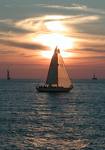
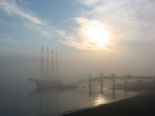
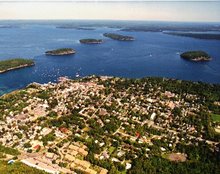
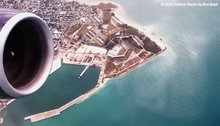
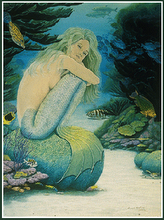
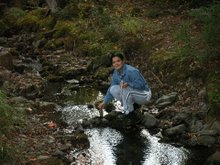



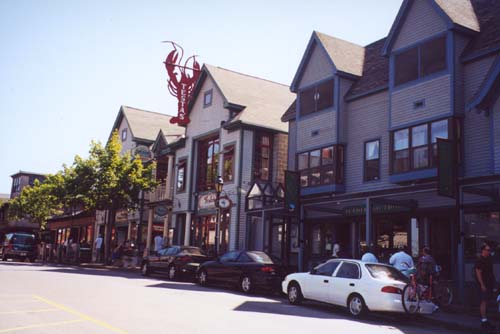
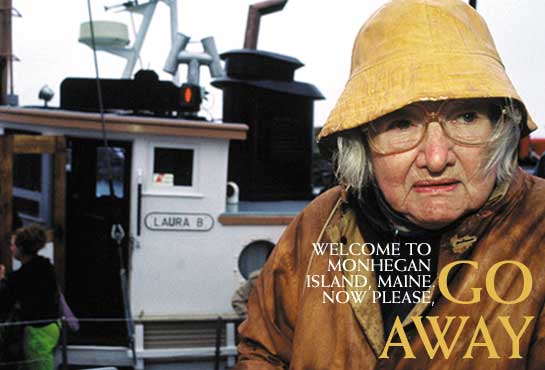
No comments:
Post a Comment